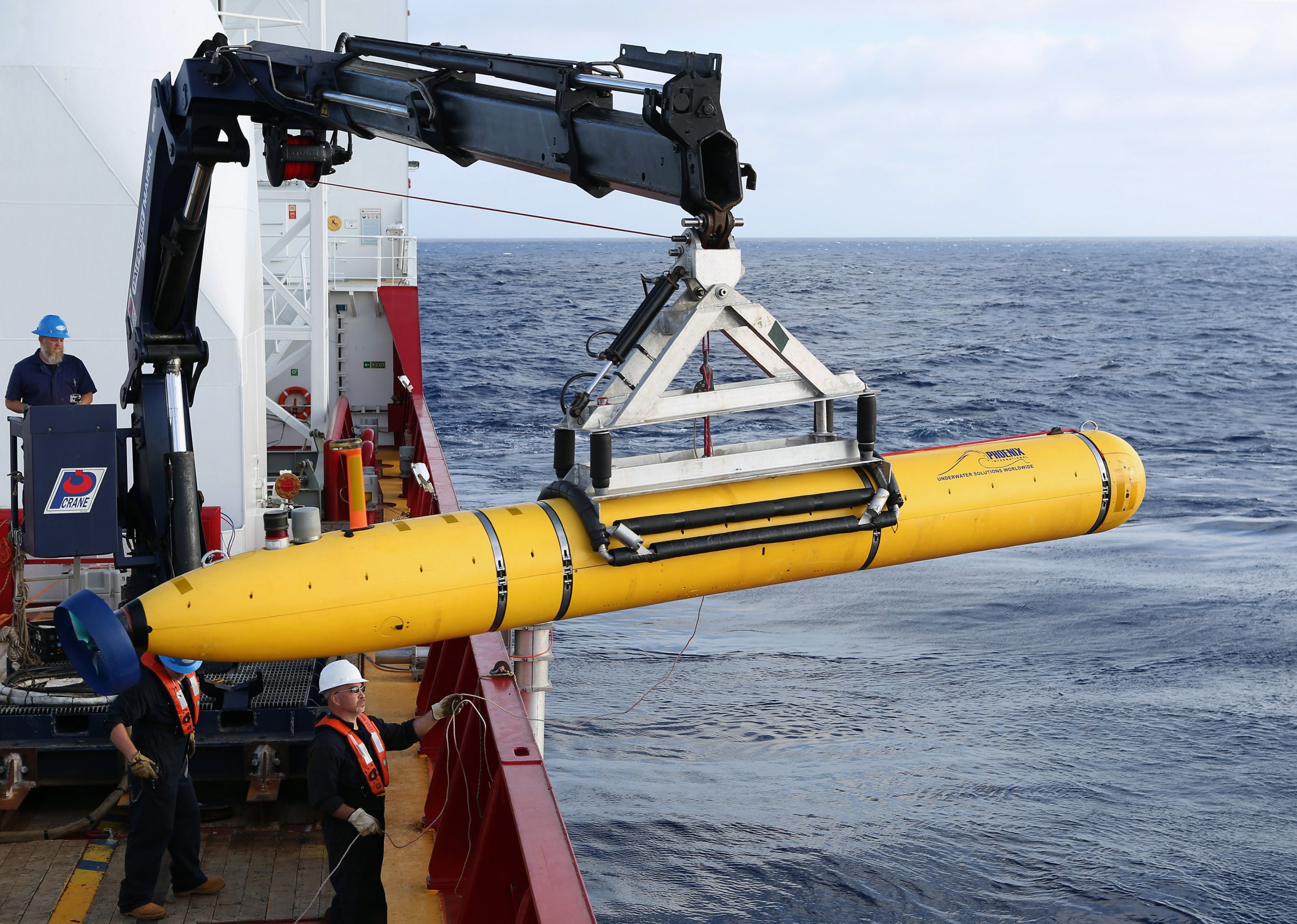
With the cost for the search for Malaysia Airlines Flight 370 soaring into the tens of millions, flights looking for the wreckage have been suspended, Australian Prime Minister Tony Abbott said on Monday. The search, 52 days old now, will continue on the ocean floor, however, and the cost of locating the wreckage will keep rising.
Experts say the chances of finding the wreckage are remote and suggest that authorities involved should expect the search to be more complex than the search for Air France Flight 447, which took off from Rio de Janeiro in 2009 and disappeared en route to Paris. Searchers did not find the aircraft until 2011.
"Air France knows the track that they take. They knew where it was going across, and they knew more or less how far they had gotten on that line. It still took two years to find the recorders," said Robert Francis, former vice chairman of the National Transportation Safety Board.
The two-year search cost approximately 115 million euros, or about $160 million at the time, according to experts. "It is worth noting that sea search operation costs are dependent on fuel prices," a 2011 report on the search efforts said.
Australia plans on conducting "an intensified underwater search involving different technology, in particular using specialized side scan sonar equipment towed behind ships to scan the seabed for evidence of aircraft wreckage," Abbott said during a press conference in Canberra. He added that his government would begin arranging to hire private contractors to conduct this next phase of the search.
Flight 370 disappeared on March 8 shortly after taking off from Kuala Lumpur, Malaysia, en route to Beijing with 239 people on board. It is still unknown why it veered off course and ended, authorities believe, in the southern Indian Ocean. Twenty-six countries have participated in the search, which is believed to be the costliest in aviation history.
Each country involved in the search is bearing its own costs, and it is difficult to estimate the global amount of resources invested so far.
Australia, which has coordinated the search for the past 41 days, has conducted 334 flights using 10 civil aircraft and 19 military aircraft, combing more than 4.5 million square kilometers of ocean so far. Based on data from the U.S. Department of Defense, which estimates each flight hour costs $4,200, the Australian air search has cost an estimated $1,402,800. This figure does not include operations conducted by the Bluefin-21 submersible, which has searched some 400 square kilometers. Australia, along with China and the United Kingdom, has used up to 14 ships in the search.
The U.S. had spent $11.4 million by April 24, according to the Defense Department. Of this amount, $4.6 million has been used on operations and maintenance funds, $3.2 million on overseas humanitarian disaster and civic aid funds, and $3.6 million in underwater search equipment and support, Pentagon spokesman Army Col. Steve Warren said in a press release.
With the new search phase, the costs will mount.
"For the surface search, all you have to do is have an airplane and fly over grids," Francis said. Getting vehicles more than two miles below the surface is "multiples more expensive," he added.
And more complex. The seabed in the part of the Indian Ocean where the aircraft is believed to be sitting has barely been surveyed by oceanographers, according to Abbott, who said that the subsurface there is covered in silt. It's unknown how deep the silt bed is, but "if there is an aircraft down there, there should be some debris lying on the silt," said Abbott, citing some of the expert advice he has received.
Australia, which had been using military resources almost exclusively until this point but plans to involve commercial contractors for the next six to eight months, expects to spend at least $55 million.
For the grieving family members of the Flight 370 passengers, the soaring search costs are just an afterthought. On Friday, 10 Malaysia Airlines staff were held by family members at the Lido Hotel ballroom, in Beijing, for almost 11 hours, according to a statement from the airline. In a scene that has become all too familiar since the aircraft disappeared, family members expressed dissatisfaction in obtaining updates on the search from Malaysian authorities. Last week, a Chinese family member at the Lido Hotel attacked a Malaysia Airlines Security supervisor.
"Enormous efforts have been made. Enormous efforts will continue to be made," Abbott said. "This is an extraordinary mystery."
Uncommon Knowledge
Newsweek is committed to challenging conventional wisdom and finding connections in the search for common ground.
Newsweek is committed to challenging conventional wisdom and finding connections in the search for common ground.
About the writer
Karla Zabludovsky covers Latin America for Newsweek. Previously, she reported for the New York Times from Mexico, covering regional politics, ... Read more





